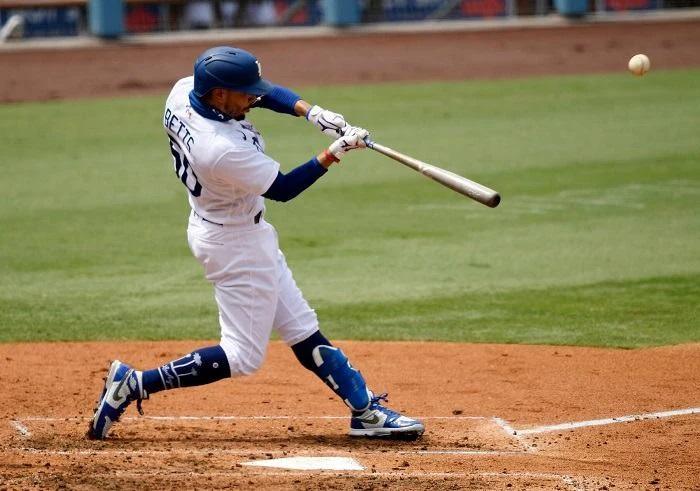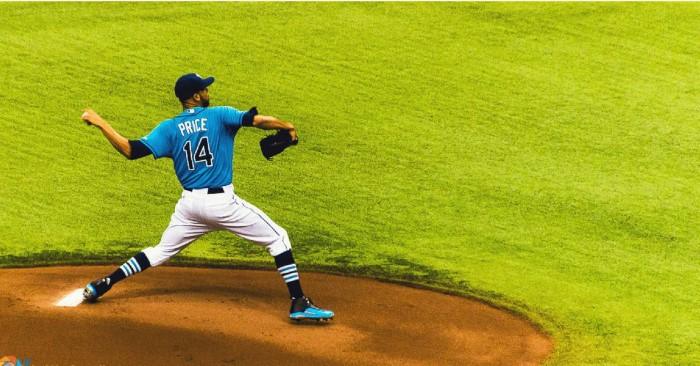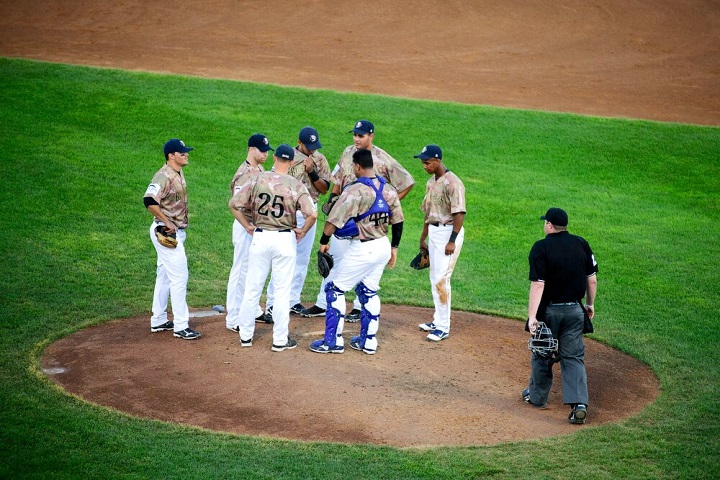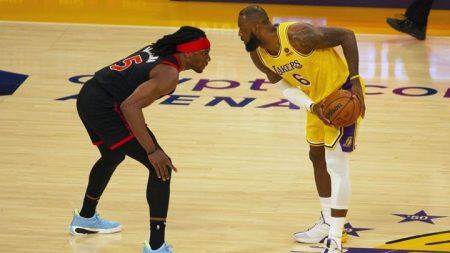Understanding the Structure of a Baseball Game

The Basic Framework
A standard baseball game consists of nine innings, where each inning is divided into two halves: the top and bottom. During the top half, the visiting team bats, attempting to score runs, while the home team plays defense. Once the visiting team is done batting, the roles reverse in the bottom half of the inning.
The Objective
The goal is simple: score more runs than the opposing team. However, the path to achieving this can be quite complex, involving strategy, teamwork, and a bit of luck. Each inning typically consists of three outs per team, but if the game is tied after nine innings, it may continue into extra innings until a winner is determined.
The Average Length of a Baseball Game
Traditional Game Length
Traditionally, a baseball game lasts about 2.5 to 3 hours. This timeframe has been relatively consistent over the decades, but various factors can influence the actual duration.
Recent Trends
In recent years, the average length of a Major League Baseball (MLB) game has seen an increase. For example, the average game in 2023 lasted around 3 hours and 5 minutes. This trend has led to discussions among fans, players, and league officials about how to maintain the sport’s pace and keep fans engaged.
Factors Influencing Game Length
Understanding what influences the length of a baseball game helps clarify why some games seem to drag on while others fly by.
Pitching Changes
One of the most significant factors affecting game duration is the number of pitching changes. A team may change pitchers several times during a game, especially if they are trying to match up against specific hitters. Each change includes warm-up pitches and can add precious minutes to the overall time.
Innings Played
While games are typically nine innings long, some contests may extend into extra innings if the score is tied. Extra innings can significantly increase the total duration, sometimes leading to games that last well over four hours.
Batting Strategy
Teams often employ specific batting strategies that can slow down the pace of play. For instance, taking more time between pitches to analyze the pitcher and the game situation can lead to longer at-bats and ultimately lengthen the game.
Umpire Decisions
Umpires play a crucial role in the game, and their decisions—especially those that involve reviews—can extend the game. With technology allowing for instant replay, the time taken to review calls can add to the overall duration of a game.
Weather Conditions
Rain delays or extreme weather can also halt play and stretch out the length of a game. In some instances, a game may even need to be postponed due to inclement weather.
Historical Perspective on Game Length
Evolution Over the Decades
Historically, baseball games have changed in duration, reflecting broader trends in sports and society. In the early 20th century, games were often shorter, sometimes lasting just 1.5 to 2 hours. The introduction of more strategic play, as well as the increased focus on home runs and power hitting, has contributed to the gradual increase in game length.
The Impact of Television
The rise of television as a dominant force in sports has also changed the game. Television broadcasts often require commercial breaks, which can extend the viewing time of a game. As networks invest in live sports, they negotiate broadcasting rights that include advertisements, leading to longer game experiences.
Comparing Baseball to Other Sports
Baseball vs. Football
When comparing baseball to sports like football, it’s essential to consider the structure of the games. A typical NFL game lasts about 3 hours, but it consists of four quarters with numerous breaks for commercials. Baseball, in contrast, flows without a game clock, leading to variable durations.
Baseball vs. Basketball
Similarly, a standard NBA game lasts around 2 to 2.5 hours. Basketball games have a clock that controls the pace of play, with fouls and timeouts further influencing the game length. In baseball, there’s no clock; the focus is more on the innings and the outs recorded.
Strategies for Enjoying a Longer Game

Preparing for the Duration
If you’re planning to attend a baseball game or watch one from home, it helps to be prepared for the length. Here are some strategies to ensure you enjoy the experience:
- Plan Your Time Wisely: Make sure you allocate enough time in your schedule for the game. Arrive early to soak in the atmosphere before the first pitch.
- Engage with the Game: Understanding the rules and strategies of baseball can significantly enhance your experience. Familiarize yourself with player statistics, team history, and recent performances.
- Enjoy the Atmosphere: Baseball games are as much about the experience as they are about the sport. Enjoy the food, drinks, and camaraderie with fellow fans.
- Embrace the Breaks: Use the natural breaks in the game, such as between innings, to stretch, grab snacks, or chat with friends. This can help you stay engaged without feeling overwhelmed by the game’s length.
Innovations and Changes in Game Length
Pace of Play Initiatives
In response to concerns about game length, Major League Baseball has implemented several pace-of-play initiatives. Some of these changes include:
- Pitch Clock: Introduced to speed up the game, the pitch clock limits the time a pitcher has to deliver the ball. This change aims to reduce downtime and keep the action moving.
- Limits on Mound Visits: Teams are now limited in the number of times they can visit the mound, reducing interruptions and keeping the game flowing.
- Fewer Commercial Breaks: Some broadcasts have reduced the number of commercial breaks during the game, allowing for a smoother viewing experience.
Impact of Rule Changes
The effects of these initiatives have been significant, with many games in recent seasons averaging shorter lengths than in previous years. The goal of these changes is not only to maintain fan interest but also to attract a younger audience to the sport.
The Future of Baseball Game Length
Balancing Tradition with Modernity
As baseball continues to evolve, balancing tradition with the need for a faster-paced game will be crucial. While many fans appreciate the sport’s historical roots and leisurely pace, others demand a more dynamic experience.
Fan Engagement
The future of baseball may also depend on how effectively teams engage with fans, especially through technology and social media. Finding ways to keep the game engaging while respecting its traditions will be key to its survival and growth.
A Unique Rhythm
The question of how long a baseball game lasts doesn’t have a simple answer. On average, you can expect a game to last about 3 hours, but numerous factors influence this duration. Whether you’re drawn to the strategic intricacies of the game, the nostalgia of America’s pastime, or the thrill of a nail-biting finish, understanding the nuances of game length can enhance your experience.
As baseball continues to adapt to modern demands, the challenge lies in preserving the spirit of the game while making it accessible and enjoyable for future generations. The enduring charm of baseball lies not just in its statistics but in the shared experiences, the stories told, and the unforgettable moments that keep fans coming back for more.







